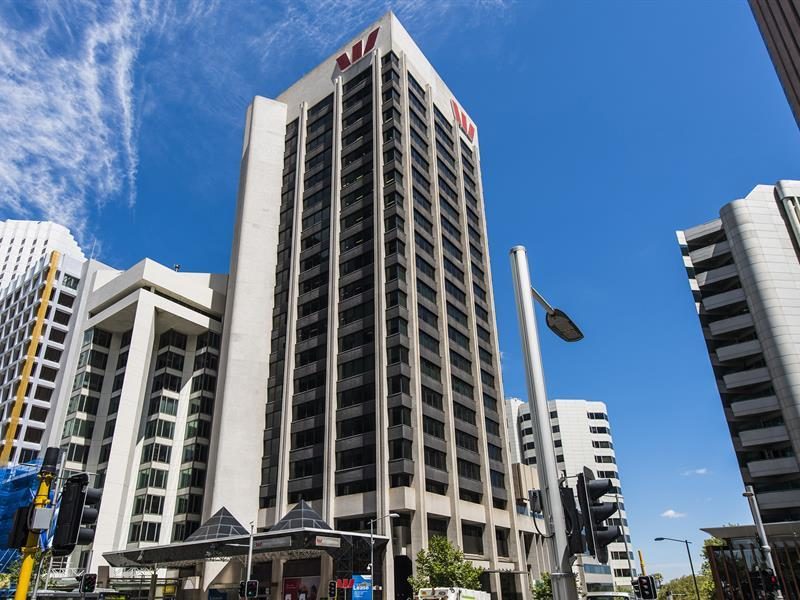This article is from the Australian Property Journal archive
SINGAPORE’S largest private developer, Far East Organization, has shown confidence in Perth’s office market by splashing out $71.77 million on a near-vacant building.
Charter Hall’s sale of the B-grade office building at 109 St Georges Terrace is the fund manager’s second disposal in the CBD in a week, having offloaded the Hatch Building at 144 Stirling St to the Centuria Metropolitan REIT for more than $50 million.
Knight Frank’s Todd Schaffer, Andrew Woodley-Page and Neil Brookes negotiated the sale of 109 St Georges Terrace in conjunction with Savills’ Graham Postma, following an expressions of interest campaign that received seven offers.
The sale price reflects a rate of $5,167 per sqm.
The purchase is a counter cyclical play by Far East Organization after running a ruler over the property since the middle of this year. Perth’s office market vacancy rate was 21.1% as at July, according to the Property Council, and the property was valued at $80 million in June 2015.
Far East Organization will look to reposition the ageing 19-storey tower. Built in 1972, it comprises 13,891 sqm of space and has 75 car parking spaces.
It will be more than 80% vacant after the main tenant, major bank Westpac, announced earlier this year that it would vacate its 8,169 sqm space after leasing 6,300 sqm at Brookfield Place.
Perth’s high office market vacancy rate has not discouraged investors – particularly opportunists.
Last week GDI Property Group acquired Westralia Square in Perth for $216.25 million on a passing yield of 11.30%, from the Insurance Commission of Western Australia.
GDI’s managing director Steve Gillard told Australian Property Journal the asset was acquired for considerably less than replacement cost and offered an opportunity to add significant value through refurbishment and releasing.
“With the state government leases expiring in the first half of 2020, we expect to be releasing in to a much stronger leasing market and following a major capex program we anticipate high appeal for the property given its central location, excellent river views, large floor plates, significant parking and connectivity to public transport,” he said.
Meanwhile, the Chinese government capital crackdown has seeing the re-emergence of non-China investors.
According to recent research by CBRE, non-China investors were more active in the first half of 2017, with investors from Singapore (US$6.8 billion), Hong Kong (US$6.6 billion) and South Korea (US$2.9 billion) picking up the slack as commitment from mainland Chinese parties softened.
The research supports experts’ view that a significant wall of capital looking at Australia remains despite Chinese investors pulling back.
Recently speaking at the Australian Property Institute’s Capital Markets Breakfast event, Property Funds Association CEO Paul Healy, APN Property Group non executive director Howard Brenchley, SG Hiscock & Company director Grant Berry and AustralianSuper senior investment manager Christine Phillips, said Australia remains an attractive destination for other foreign investors.
She said Chinese capital is not the only source in the world.
“Our assets here are core trophy assets and are tightly held, even in the worst of the GFC, none came on the market,” she said.
“It is a very difficult market to get into, so if the Chinese investors weren’t here, I still think there is a significant pool of capital ready to invest,”
“There used to be a time where there was premium to invest in Australia but that is now gone.
“There is a deep pool of equity and capital looking for assets. China is the not the only one,” Phillips said.
Australian Property Journal




